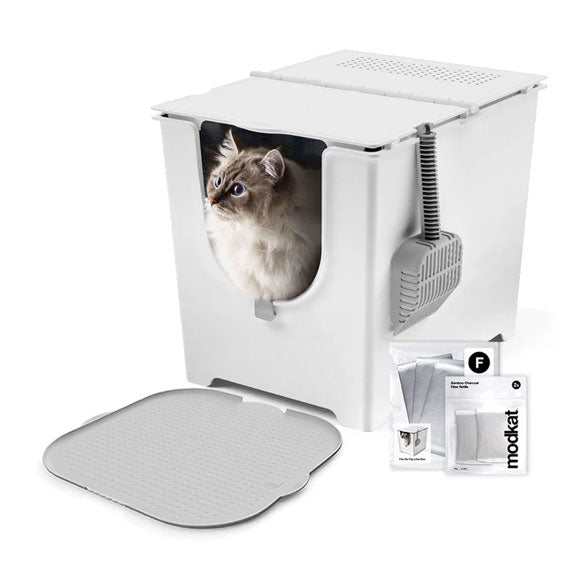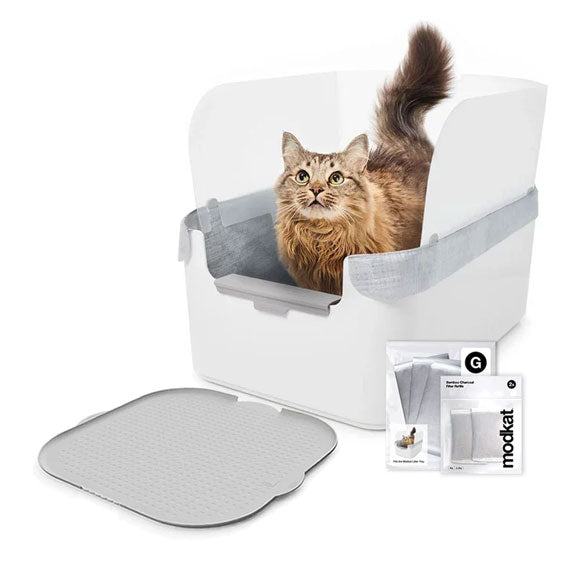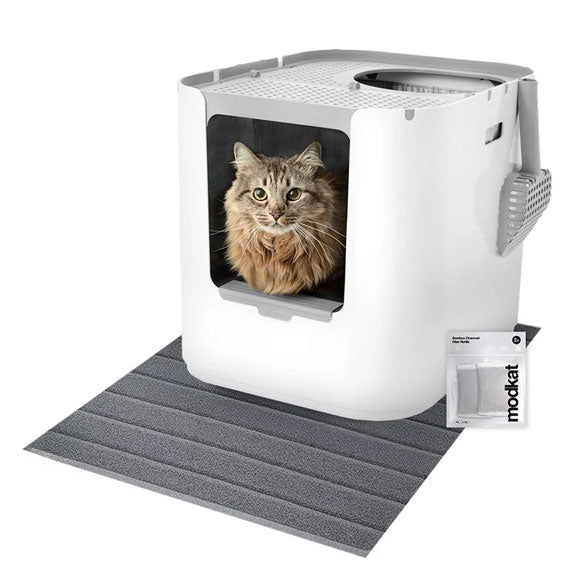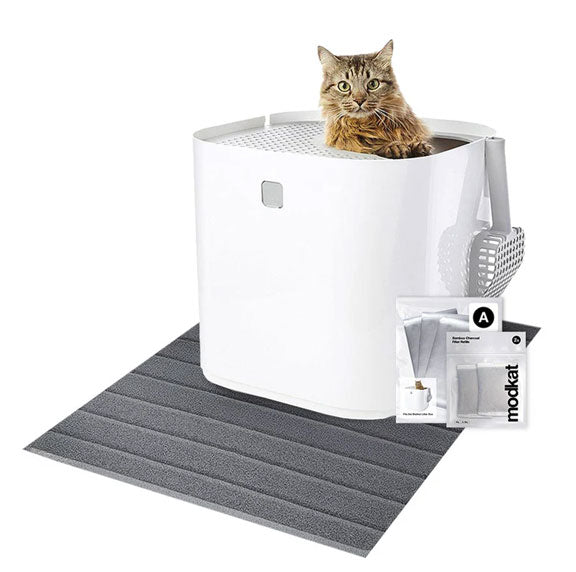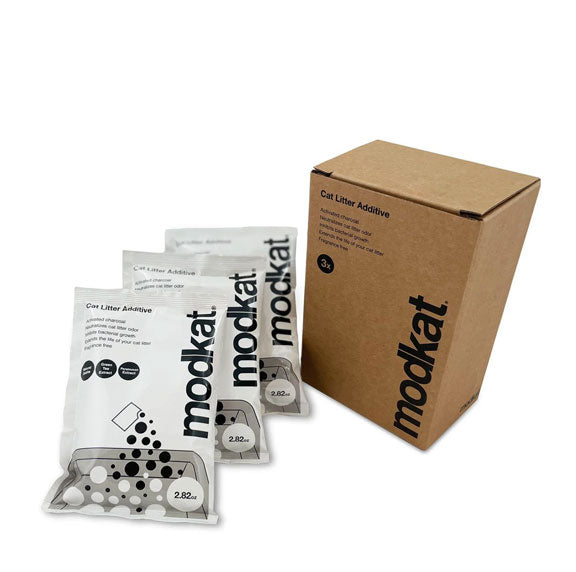20% off sitewide. Discount automatically applied.
20% off sitewide. Discount automatically applied.
Litter Boxes
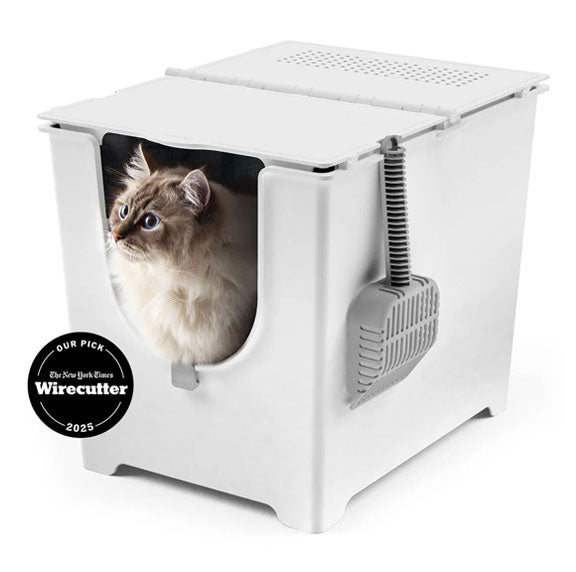
Modkat Flip
Front-Entry Litter Box
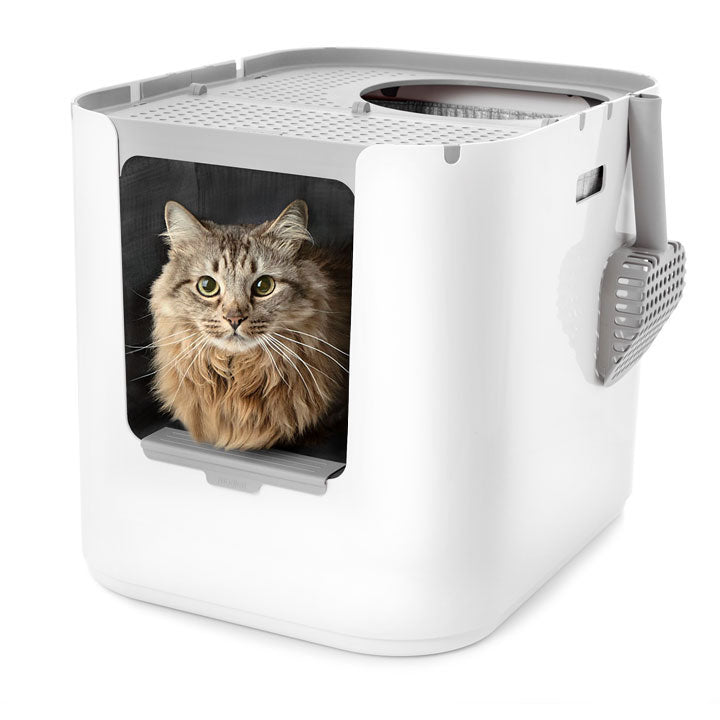
Modkat XL
Front/Top-Entry Litter Box
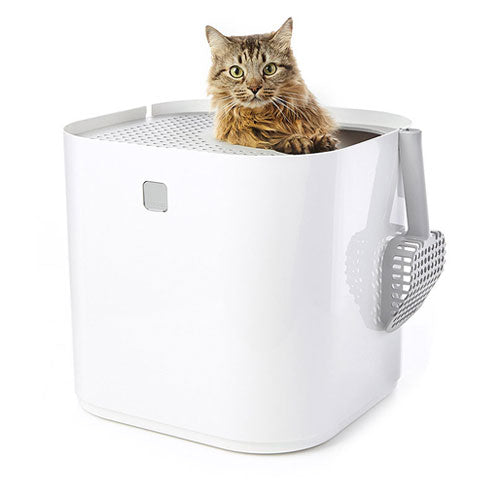
Modkat
Top-Entry Litter Box
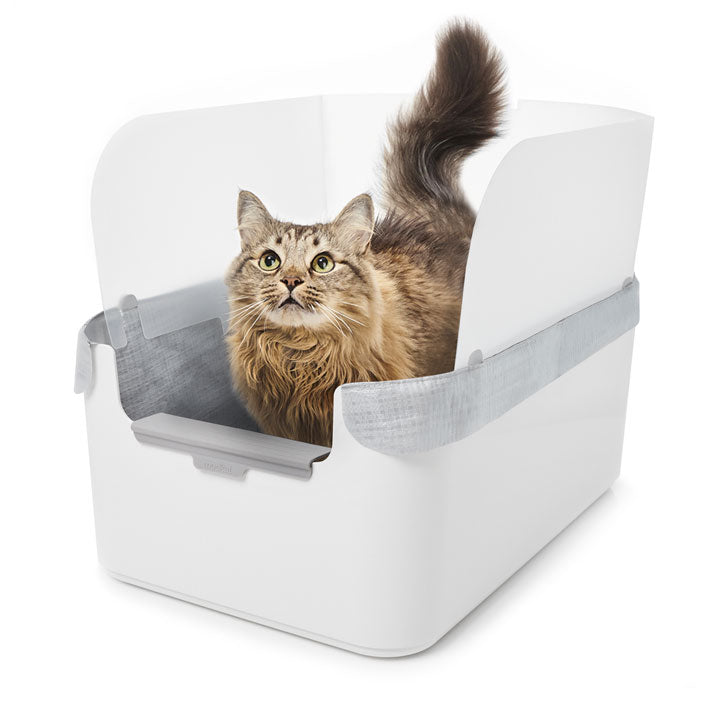
Modkat Tray
Open Litter Box
Bundles
Essentials
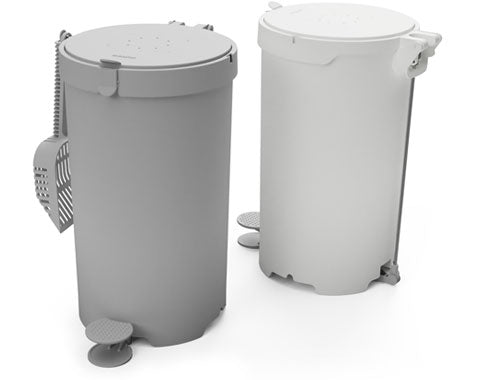
Litter Keeper
Two colors

Litter Mats
Multiple styles, colors & sizes
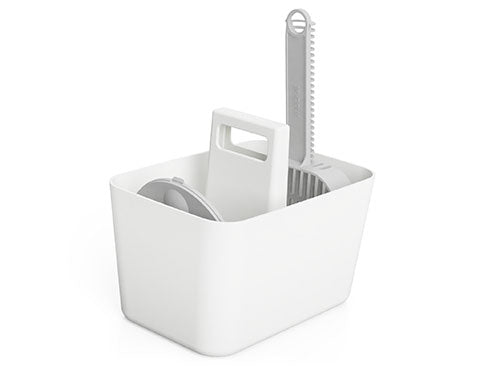
Tidy-Up Kit
Scoop holder & dustpan

Lounge + Play
Scratchers & toys
Refills
Add description, images, menus and links to your mega menu
A column with no settings can be used as a spacer
Link to your collections, sales and even external links
Add up to five columns
Add description, images, menus and links to your mega menu
A column with no settings can be used as a spacer
Link to your collections, sales and even external links
Add up to five columns
Introducing a second cat: an easy guide.
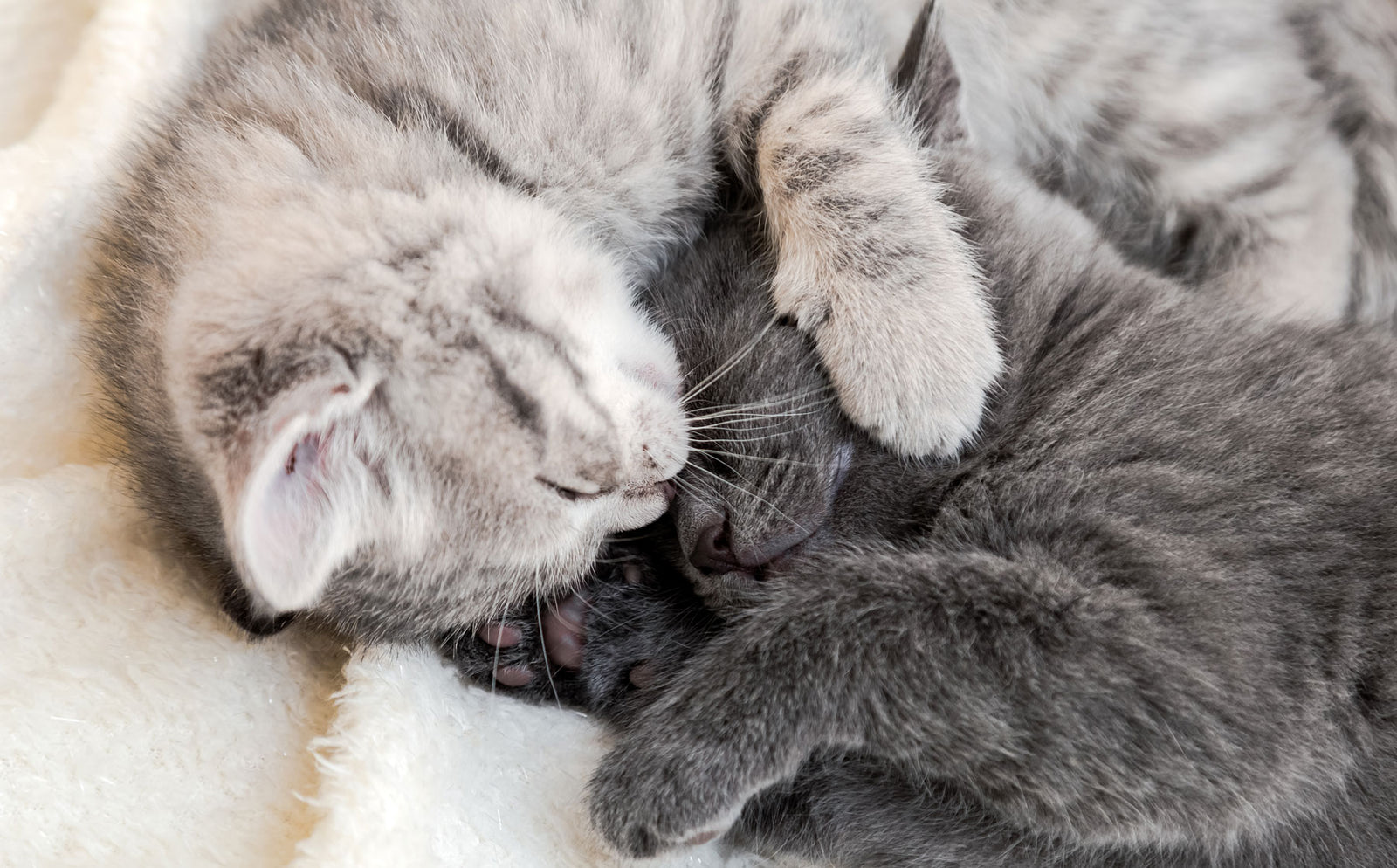
Considering adding another cat to your family?
Here are some important tips for a successful and safe introduction.
Things to consider before adding another cat.
- Match personalities: Pairing two high-strung or dominant cats could lead to conflict, while a combination of a dominant and subordinate cat should result in an easier adjustment.
- Age: Adult cats usually adapt better to a new kitten, but if adding another adult cat, consider their temperaments.
- Space: Ensure your home has enough space and vertical territory for multiple cats to feel comfortable and secure.
Introducing a new cat.
- Start by keeping the new cat in a separate room for a few days, allowing your resident cat to get used to the new scent.
- Ensure both cats are free from fleas and parasites.
- Introduce the cats through a barrier such as a cat carrier to allow them to sniff each other without direct contact.
- Provide plenty of toys to reduce tension and distractions in case of potential conflicts.
- If needed, use a towel to distract the cats in case of a skirmish and keep them separated for a few days afterward.
- The introduction process may take anywhere from two weeks to two months, and the cats might not become immediate friends.
Multi-cat households and the question of litter boxes.
- Provide one litter box per cat plus one extra. For two cats, have three litter boxes. For three cats, have four litter boxes. A cat may choose to use your floor, couch, or comforter if denied access to the litter box.
- Place litter boxes on opposite sides of the house. Although lining up litter boxes may seem convenient for cleaning, your cats may not all want to use the bathroom in the same area of the house.
- Keep each litter box fresh. Cats are fastidious animals. Scoop out the litter at least twice daily and refresh it every week. Most cats will not step in or around waste in order to eliminate. If one litter box gets full, a cat will go to another. If that litter box is also messy, occupied or claimed by another cat, your pet will find another, less-desirable place to go.
- For multi-level houses, ensure boxes are available on each floor. For a two-story house with two cats, have two litter boxes on the main floor and one on the second floor. This setup ensures that cats have easy access to fresh litter, plenty of choice, and a convenient place to go when the urge strikes.
- Consider putting a trash can or litter keeper next to your litter boxes for easier litter disposal.
- Respect their privacy. Using a lidded box can help a cat feel a lot more comfortable than an open one. Modkat’s easy-to-clean system allows you to freshen up the box, prevents litter tracking, and offers cats plenty of privacy, making the business pleasurable for modern cats and their humans.
Adding another cat to your family can be a wonderful experience if done thoughtfully and carefully. These guidelines can help ensure a smooth and positive introduction for everyone involved.
“It looks nicer than any other hooded or open option we considered.”

Categories
Meow from Brooklyn.
Sign up and get early access to product drops, exclusive offers, and the occasional cat meme.
Similar products related to this blog:
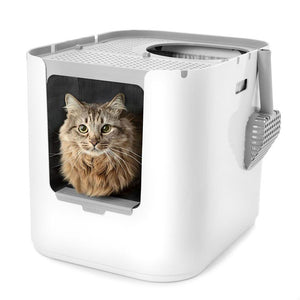
"It looks nicer than any other hooded or open option we considered."

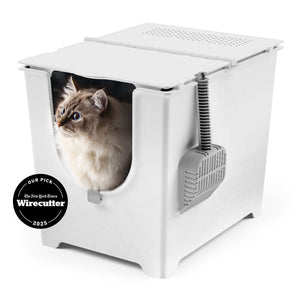
"This litter box keeps everything in, nothing gets out the sides."
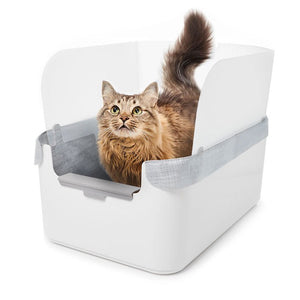
"My beautiful ragdoll cat and I both love the new Modkat Litter tray!"

